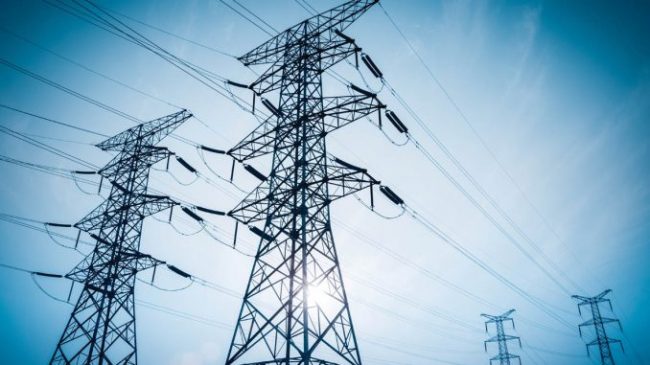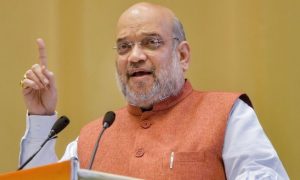India’s growing demand for energy will soon outpace that of many nations, with air conditioners alone expected to consume more electricity than the entire power usage of Mexico by 2035.
Read More:- Delhi Govt Plans To Replace Driving Licenses And RCs With Printable Electronic Cards
India is on the verge of becoming a global energy giant, with its power consumption set to rise rapidly in the coming years. According to a new report by the International Energy Agency (IEA), the country’s growing demand for energy will soon outpace that of many nations, with air conditioners alone expected to consume more electricity than the entire power usage of Mexico by 2035.
As the country continues to grow, it is adding over 12,000 cars to its roads daily. Additionally, the built-up space in India is expanding at an incredible rate, increasing by more than 1 billion square metres annually—equivalent to the total built space in South Africa today. These trends are expected to continue through 2035.
Read More: Justice Sanjiv Khanna: Who Is The Supreme Court Judge Named As Successor By CJI Chandrachud?
POWER DEMAND FROM AIR CONDITIONERS
One of the most striking predictions from the IEA report is that the number of air conditioners in India will grow more than 4.5 times by 2035. This increase will result in the country’s air conditioning systems consuming more electricity than Mexico’s entire power demand in the same year. The rise in air conditioner use reflects the growing middle class, urbanisation, and higher standards of living.
RISE IN OIL AND COAL DEMAND
India is also expected to see significant growth in oil consumption, with demand projected to increase by nearly 2 million barrels per day by 2035. This makes India the main source of global oil demand growth. At the same time, coal will remain a key energy source for the country, particularly for industries like steel and cement production.
Read More: Google launches Theft Detection Lock in Android 15: What is it, how it will make Android phones safe
The IEA report states that India’s steel production is set to increase by 70% by 2035, while cement output is expected to grow by 55%. These industries rely heavily on coal, which will continue to play a significant role in meeting India’s energy needs. By 2030, coal-fired power plants are expected to generate over 15% more electricity than they do today, with coal still accounting for a large share of India’s power generation.
RENEWABLE ENERGY AND NET ZERO GOALS
Despite its growing demand for coal, India is also focusing on renewable energy and has committed to achieving net-zero carbon emissions by 2070. According to the IEA, India is expected to have the world’s third-largest battery storage capacity by 2030, which will help manage the increasing amount of electricity generated from renewable sources like solar power.
Read More: Indian Railways announces several special trains for Diwali and Chhath Puja 2024; Check details
In the “Stated Policies Scenario” (STEPS) outlined by the IEA, India’s total energy demand will increase by nearly 35% by 2035, with its electricity generation capacity nearly tripling to 1,400 gigawatts (GW). Solar power is expected to play a major role in this expansion, but coal will still account for a large portion of the energy mix due to its reliability and lower costs compared to solar power.
As part of its long-term energy strategy, India aims to reduce its dependence on fossil fuels and increase the use of clean energy. By 2035, clean power generation is expected to be nearly 20% higher than in the STEPS scenario. This will be supported by large-scale investments in battery storage and electric mobility. Electric vehicles (EVs) are projected to become more common, contributing to a peak in oil consumption in the 2030s.
Read More: Traffic Rules 2024: Writing on Your Vehicle or Nameplate Can Lead to a Fine – Know the Regulations
India’s push towards clean energy will also help reduce its carbon emissions. The IEA estimates that under a scenario where India achieves net-zero emissions by 2070, the country’s annual CO2 emissions in 2035 will be 25% lower than in the STEPS scenario.





































